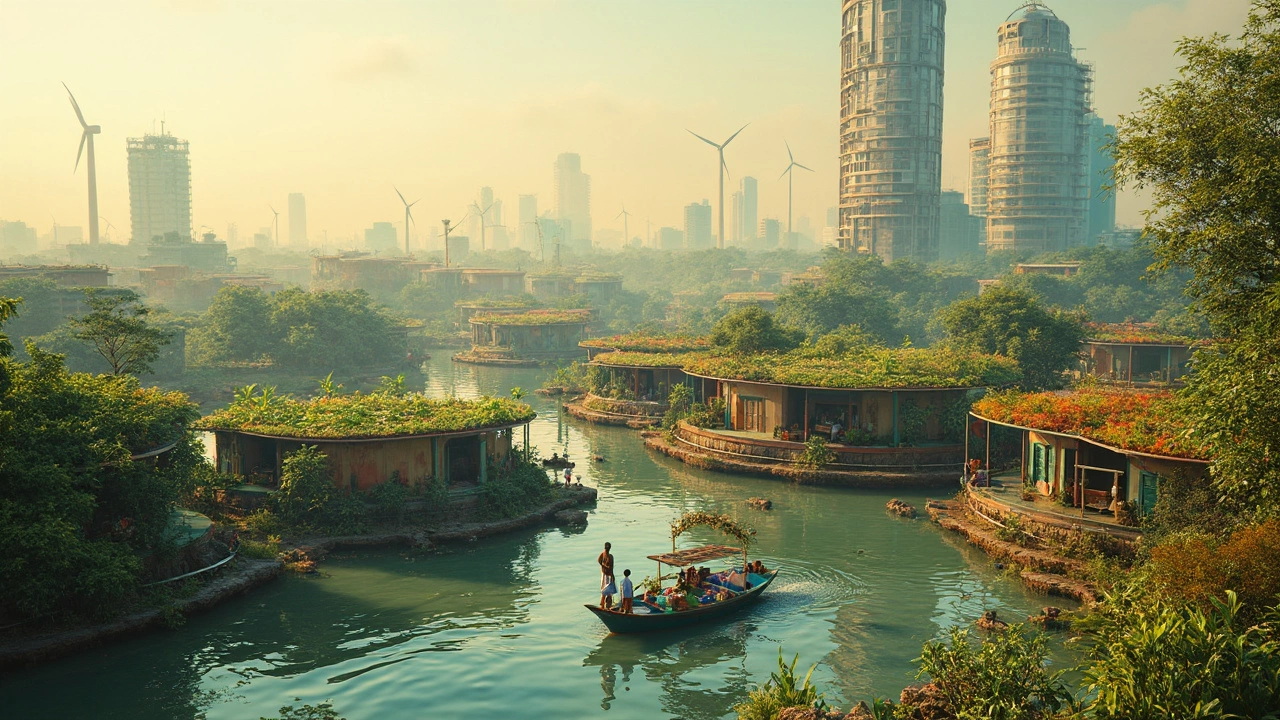Future Predictions: What’s Really Coming in Tech, Energy, and Health
When we talk about future predictions, forward-looking insights based on current research, data trends, and real-world adoption patterns. Also known as technology forecasting, it’s not about crystal balls—it’s about following the trail of what’s already working. In India, the future isn’t some distant idea. It’s being built right now in labs, villages, and startup hubs by scientists, engineers, and public health workers who are solving real problems with real tools.
Take renewable energy, power sources like solar and wind that regenerate naturally and produce little to no emissions. Also known as clean energy, it’s no longer a niche experiment—it’s the cheapest option in 2025. Solar panels are cheaper than coal, wind farms are expanding fast, and storage tech is catching up. This isn’t a prediction anymore. It’s happening. And it’s reshaping how cities, farms, and factories get their power. Behind that shift is technology transfer, the process of moving research breakthroughs from labs to real-world use. Also known as knowledge transfer, it’s what turns a lab prototype into a solar panel on a rooftop in Bihar or a biotech vaccine in a rural clinic. But it doesn’t happen by accident. It needs local partners, clear incentives, and people who understand both the science and the user. That’s why biotechnology, using living systems to develop products for health, agriculture, and industry. Also known as life sciences, it’s not just about gene editing or lab-grown meat. It’s about making treatments affordable, scalable, and accessible. CRISPR cures, mRNA vaccines, and AI-designed drugs aren’t sci-fi—they’re in use today, and they’re changing how India handles disease. And none of this works without public health, the organized efforts to prevent disease and protect communities before illness spreads. Also known as population health, it’s the quiet engine behind polio eradication, clean water access, and smoke-free laws. Public health doesn’t make headlines like AI, but it saves more lives—and it’s the foundation any future depends on.
Future predictions that matter don’t come from Silicon Valley hype. They come from data scientists talking to nurses, engineers working with farmers, and researchers partnering with local clinics. The real future is built by people who solve problems, not just describe them. Below, you’ll find real stories from India’s front lines—how solar power is beating coal, how biotech salaries are rising, how public health programs actually save lives, and why tech transfer fails more often than it succeeds. These aren’t guesses. They’re evidence.




